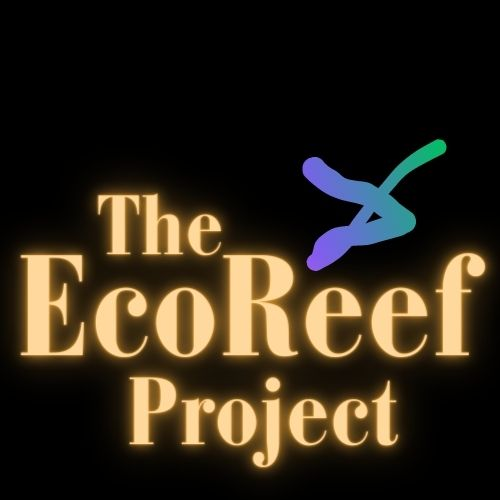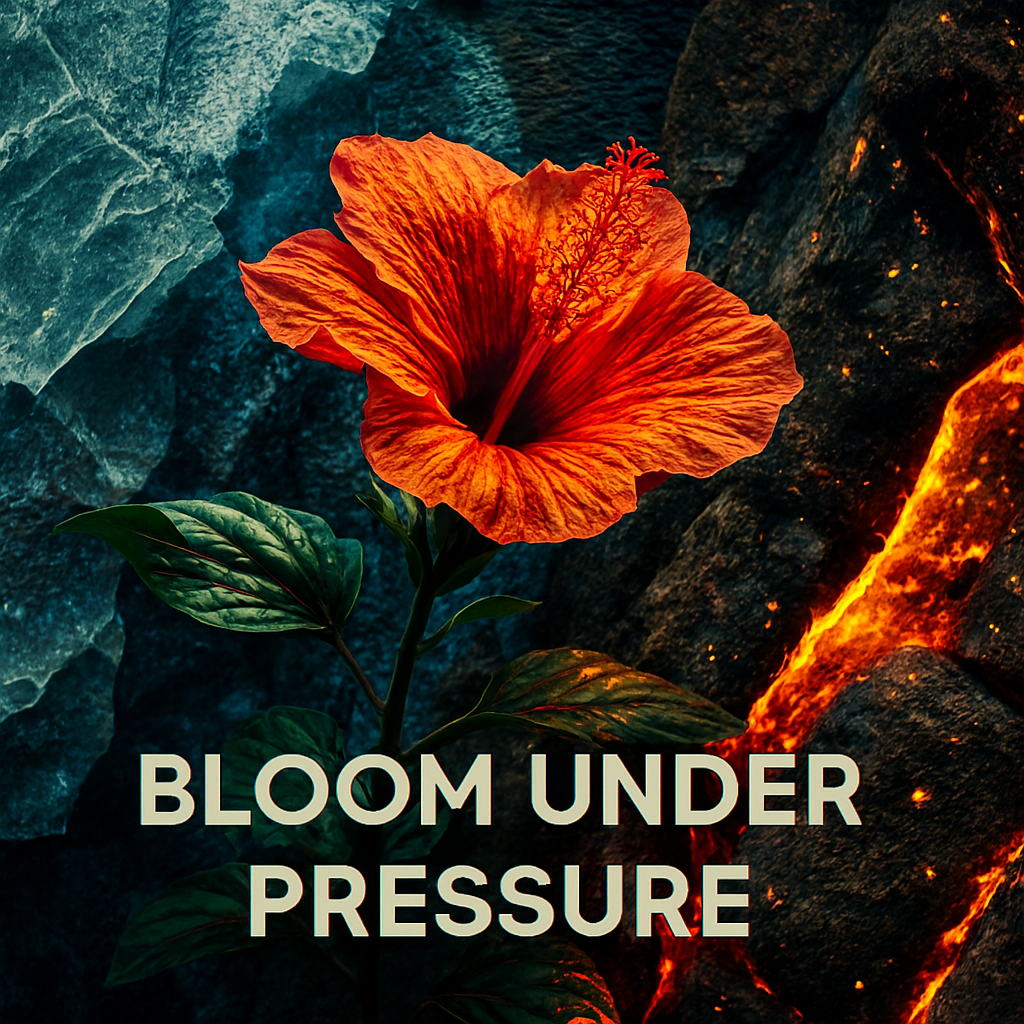The Ecoreef Project – How to Build EcoReefs
What Is An EcoReef ?
The EcoReef Project EcoReefs are modular structures designed to support aquatic ecosystems and ecology using materials that would otherwise be discarded. By repurposing waste—such as plastics, rubble, and organic debris—we create habitats that protect baby fish, reduce erosion, improve water quality and make cleaner waterways. Overtime it will minimize landfill impact. This is a collaborative, evolvhttps://ecoreef.co/ing project. Instructions will be released progressively as each format is tested and refined.
Our goal is to make EcoReef construction accessible, effective, and environmentally responsible. Whether you’re working in a creek, pond, estuary, or land-based site, these guides will help you build structures that support biodiversity and regeneration. The process is hands-on, educational, and community-friendly. We encourage experimentation, documentation, and feedback. This is the first of many instructional modules. Stay tuned as we expand the archive. Together, we can transform waste into habitat. Let’s begin with the foundational formats.
Miniature EcoReefs
Miniature EcoReefs are compact units suitable for small waterways, ponds, and controlled aquatic environments. They are built using twigs, stones, rubble, and recycled plastic mesh. These components are bound together to form a natural maze that mimics underwater terrain. The structure provides shelter, breeding zones, and anchoring points for aquatic plants. Miniature reefs are ideal for schools, community groups, and backyard conservation efforts.
Materials should be cleaned and free of contaminants before assembly. Recycled plastic should be shaped to allow water flow and root penetration. Twigs and rocks offer texture and hiding spots for fish and invertebrates. Units can be anchored with natural weights or embedded into sediment. Over time, they attract algae, microorganisms, and juvenile fish. Maintenance is minimal once installed. These reefs demonstrate how small-scale interventions can yield ecological benefits. They are scalable, adaptable, and easy to replicate. Instructions for specific miniature formats are provided below.

Reef Building Ecology For Cleaner Waterways
Small Fish Breeding Caves
This format is designed to protect juvenile fish during early development. The structure mimics natural cavities using rubble, stones, and recycled mesh. It provides shaded, enclosed spaces that reduce predation and support spawning. Materials should be arranged to create multiple entry points and internal chambers. Placement should consider water depth, current, and proximity to vegetation. These caves are especially effective in freshwater creeks and ponds.
These units can be fitted and amended individually or in clusters depending on location. Recycled plastic helps bind the structure and maintain shape. Organic materials such as twigs can be added to increase complexity. Monitoring is recommended during the first few weeks to observe fish activity. These units support native species and improve breeding success rates. They are low-cost, durable, and environmentally beneficial. Instructions for assembly and placement will be published shortly. This is the first completed “How To” guide in the series.
Baby Fish Protector Caves
Protector caves are designed to shield fry and juvenile fish from predators and strong currents. The structure uses layered rubble and recycled mesh to create enclosed zones with limited access. These zones allow baby fish to rest, feed, and grow in safety. Materials should be selected for durability and ecological compatibility.
Placement should avoid high-traffic areas and be near aquatic vegetation. Protector caves can be combined with breeding caves for full lifecycle support. They are especially useful in areas with tidal change, strong current or fluctuating water levels. The design encourages natural colonization by algae and microorganisms. Over time, the structure becomes part of the local habitat. These caves contribute to population stability and biodiversity. They are easy to build and require minimal maintenance. Detailed instructions will be released soon. Field testing is ongoing to refine the format. Community input is welcome.
Small Catfish Breeding Caverns
This format supports species such as native catfish that prefer enclosed, sediment-rich environments. The structure uses larger stones, rubble, and recycled mesh to form deep, shaded cavities. Caverns should be placed in areas with slow-moving water and soft substrate. Entry points should be wide enough for adult fish but narrow enough to deter predators.
Organic material such as leaf litter can be added to simulate natural conditions. These units promote spawning and territorial behavior. They are especially effective in freshwater systems with low visibility. Materials must be stable and non-toxic. Caverns can be anchored using natural weights or embedded into sediment. Monitoring is recommended during breeding season. These structures help restore native populations and reduce habitat stress. They are durable and scalable. Assembly instructions will be published following final field validation. This format is under active development.
Shrimp Breeding Plant Anchors
Shrimp breeding anchors combine plant stabilization with micro-habitat creation. The structure uses twigs, gravel, and recycled mesh to hold aquatic plants in place while providing shelter for shrimp. Anchors should be placed in shallow areas with good light and low current. Materials must allow root penetration and water circulation. The design encourages algae growth and microorganism colonization. Shrimp use the structure for feeding, breeding, and protection.
These units are ideal for freshwater and brackish environments. They support both plant and animal life. Anchors can be customized based on plant type and water conditions. They are lightweight, biodegradable, and easy to install. Maintenance involves occasional repositioning and debris removal. This format is suitable for restoration projects and aquaculture. Instructions will be released after final testing. Community trials are encouraged.
The EcoReef Project Ecology
Mangrove Protector EcoReefs
Mangrove protectors are designed to stabilize young mangrove roots and reduce erosion. The structure uses natural debris, recycled mesh, and sediment anchors to form protective barriers. These barriers slow water flow and trap organic material. They help mangrove seedlings establish and grow. Placement should follow tidal patterns and root exposure. Materials must be biodegradable and non-invasive. The design mimics natural root tangles and sediment traps.
Mangrove protectors support shoreline resilience and biodiversity. They are especially useful in degraded estuaries and coastal zones. Installation requires minimal tools and can be done manually. These units integrate with existing vegetation over time. They reduce wave impact and promote sediment retention. Field testing is underway. Instructions will be released in phases. This format is a priority for coastal restoration.
Corral Reefs for Weed Control
Corral-style EcoReefs are used to contain and manage invasive aquatic weeds. The structure forms a perimeter using recycled mesh, rubble, and natural anchors. This perimeter limits weed spread and concentrates growth for manual removal. Corrals can be circular, linear, or modular depending on site conditions. Placement should consider water flow and weed density.
Materials must be stable and allow water circulation. These units reduce chemical intervention and support native species. Corrals can be integrated with breeding caves and plant anchors. They are effective in lakes, dams, and slow-moving rivers. Monitoring is essential to track weed behavior. Corrals should be cleaned periodically to maintain function. This format is under development. Instructions will be published after pilot trials. Community feedback is welcome.
Land-Based EcoReefs
Land EcoReefs are constructed using only biodegradable materials. They support plant life, prevent erosion, and create safe zones for terrestrial regeneration. Materials include twigs, leaves, soil, and natural binders. Structures are designed to hold moisture and protect roots. Placement should follow slope, drainage, and vegetation patterns. These units are ideal for degraded landscapes and urban green zones. They promote root establishment and microbial activity. Over time, they decompose and enrich the soil. Land EcoReefs are scalable and easy to install. They require no synthetic components. Instructions will be released soon. This format complements aquatic EcoReefs. It extends the project’s impact to terrestrial ecosystems. Community trials are encouraged.
Floating EcoReefs for Open Water Deployment
Floating EcoReefs are designed for lakes, reservoirs, and slow-moving river systems where anchored structures are impractical. These units use buoyant recycled materials such as sealed PET bottles, foam offcuts, and mesh to create stable platforms. The floating base supports a layered matrix of twigs, rubble, and aquatic plants. This matrix provides shade, shelter, and breeding zones for fish and invertebrates. The design encourages colonization by algae and microorganisms, forming a self-sustaining microhabitat. Anchoring is achieved using weighted ropes or biodegradable tethering systems to prevent drift. Placement should consider wind exposure, water depth, and proximity to existing vegetation.
Materials must be non-toxic and securely fastened to prevent disintegration. These reefs are ideal for areas with fluctuating water levels or limited shoreline access. They can be deployed seasonally or year-round depending on climate. Maintenance involves periodic inspection and removal of debris. Floating EcoReefs contribute to water quality improvement and biodiversity support. They are scalable and suitable for both community and research applications. Detailed build instructions will be released following final field validation. Pilot deployments are underway in selected test zones.
EcoReef Modules for Urban Drainage Channels
Urban drainage channels often lack natural habitat features, making them ideal candidates for modular EcoReef installations. These units are compact, durable, and designed to withstand variable flow conditions. Construction uses rubble, recycled mesh, and anchored twigs to form low-profile structures that sit within concrete or stone-lined channels. The goal is to create microhabitats that support aquatic insects, small fish, and plant roots.
Placement should avoid obstructing water flow or drainage infrastructure. Materials must be securely bound to prevent displacement during heavy rain events. These modules can be installed in clusters to form habitat corridors. Over time, they encourage sediment deposition and root establishment. They also reduce algal blooms by supporting balanced microbial activity. Urban EcoReefs are especially effective in school-led restoration projects and council-supported greening initiatives. They demonstrate how ecological function can be restored in engineered environments. Maintenance involves seasonal checks and occasional repositioning. Instructions will include sizing templates and anchoring methods. This format is currently in prototype phase and will be expanded based on field results.
EcoReef Root Stabilizers for Riparian Zones
Root stabilizers are designed to support vegetation along creek banks and riparian corridors. These structures use natural debris, recycled mesh, and sediment anchors to protect young roots from erosion and washout. The design mimics natural root tangles and sediment traps found in healthy waterways. Placement should follow slope, water level, and root exposure. Materials must be biodegradable and non-invasive. Stabilizers help retain moisture, trap organic material, and promote microbial activity. They are especially useful in areas undergoing revegetation or erosion control.
Installation requires minimal tools and can be done manually. These units integrate with existing vegetation over time, becoming part of the natural landscape. They reduce bank collapse and improve water quality by filtering runoff. Root stabilizers are scalable and adaptable to different soil types. Maintenance involves occasional reinforcement and debris removal. Instructions will include slope mapping and root protection techniques. This format complements aquatic EcoReefs and extends habitat support to terrestrial margins. Field trials are ongoing in selected riparian zones.
EcoReef Educational Kits for Schools and Community Groups
Educational EcoReef kits are designed to engage students and community members in hands-on environmental restoration. Each kit includes pre-cleaned materials such as twigs, mesh, rubble, and recycled plastic components. Instructions are tailored for different age groups and skill levels. Activities include assembling miniature reefs, testing water quality, and observing aquatic life. The kits promote ecological literacy and stewardship through direct participation. They are ideal for science programs, environmental clubs, and public workshops.
Safety guidelines and ecological impact assessments are included. Kits can be used in ponds, tanks, or small creeks depending on available space. They support curriculum goals in biology, sustainability, and design thinking. Community groups can use kits for local restoration projects and citizen science initiatives. Feedback from participants helps refine future formats. Kits are packaged for easy transport and storage. Maintenance involves periodic cleaning and monitoring. Instructions will be available for download and print. This format is central to outreach and education efforts within the Ecoreef Project.
What’s Next
We are actively developing instructional guides for each EcoReef format. Field testing, community input, and ecological feedback are shaping the rollout. Instructions will be published as each format reaches validation. This is a collaborative, evolving archive. Your participation helps refine and expand the project. Stay tuned for updates, diagrams, and build kits. Together, we can transform waste into habitat and restore ecological balance.





